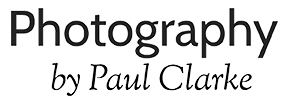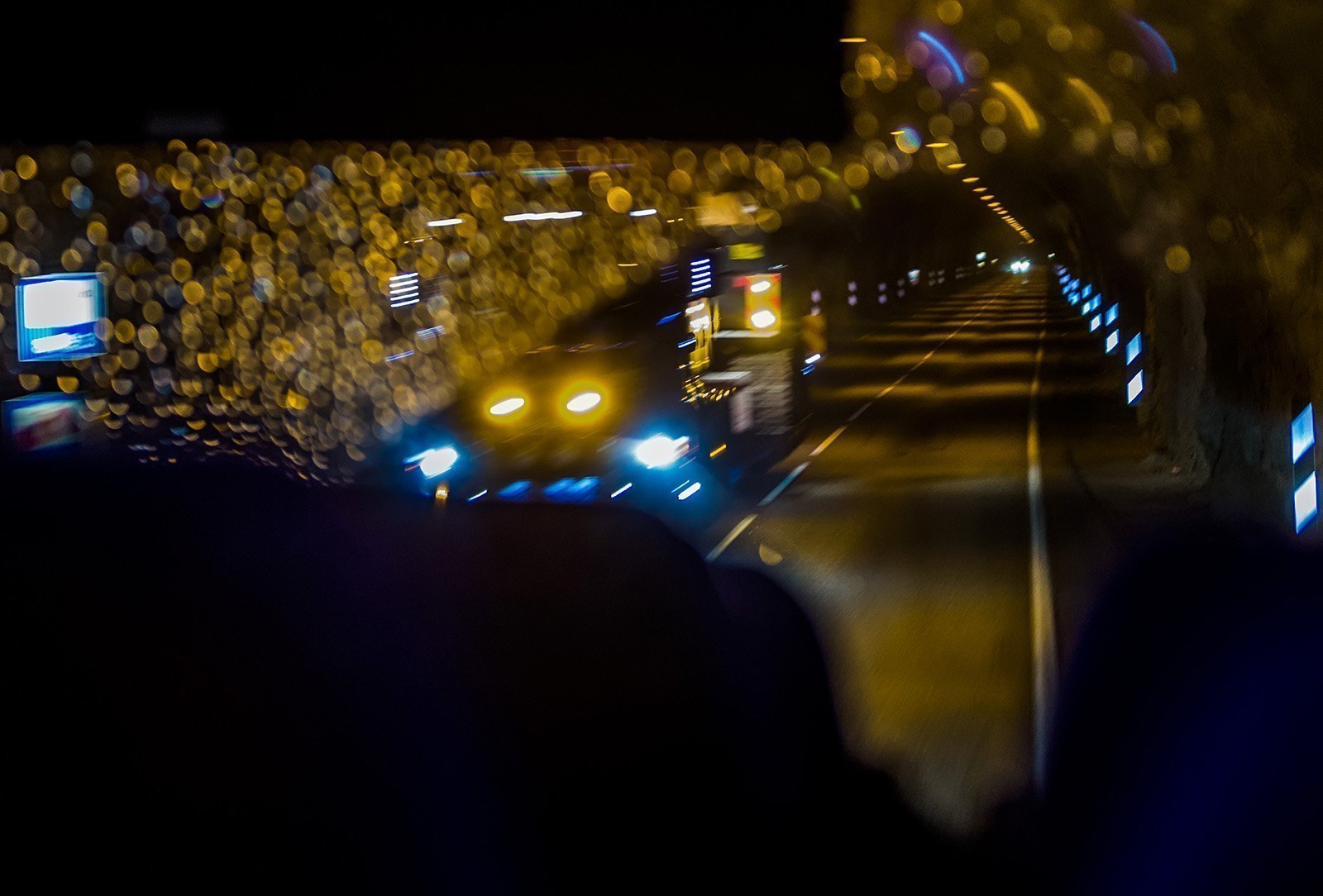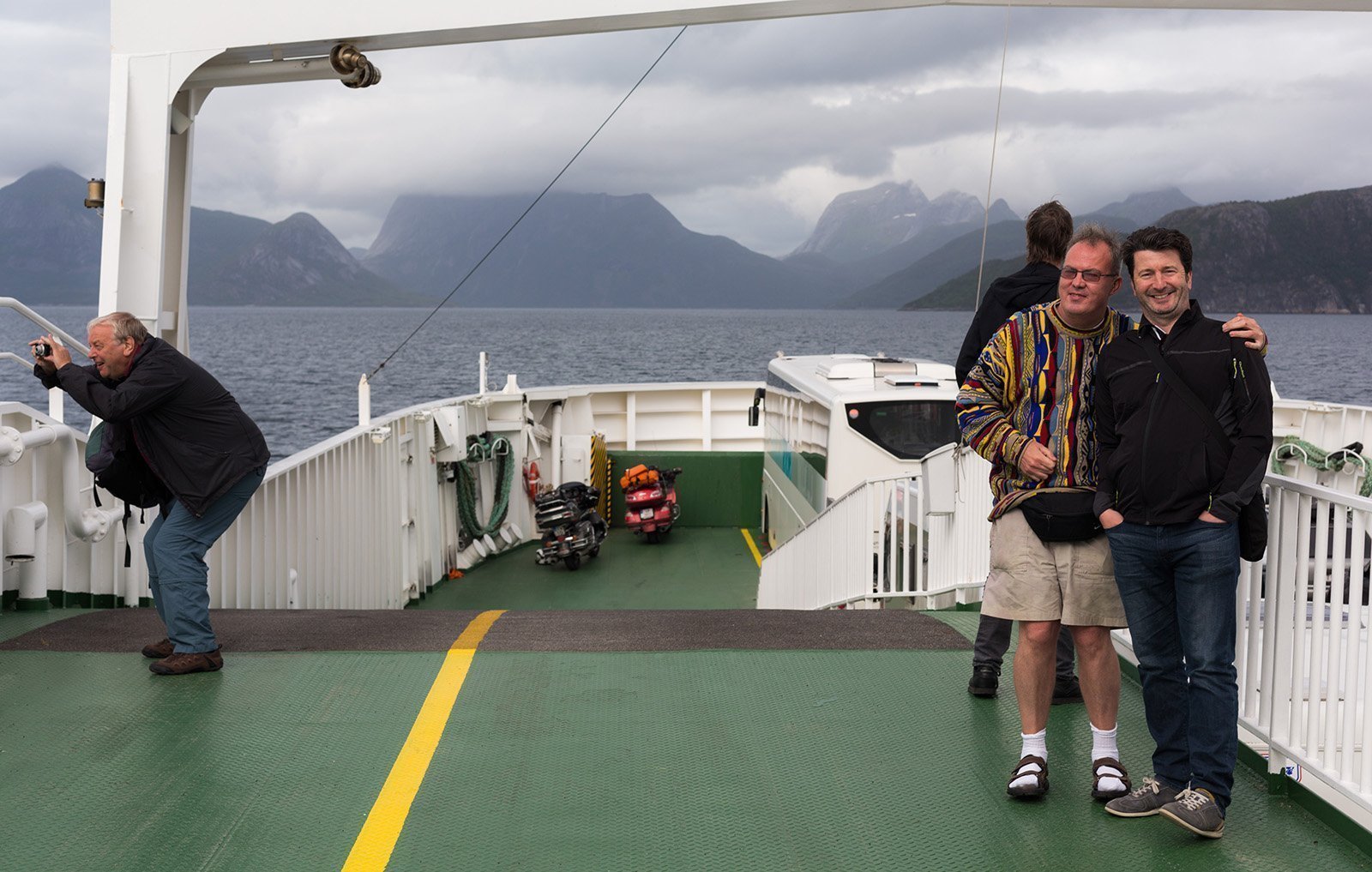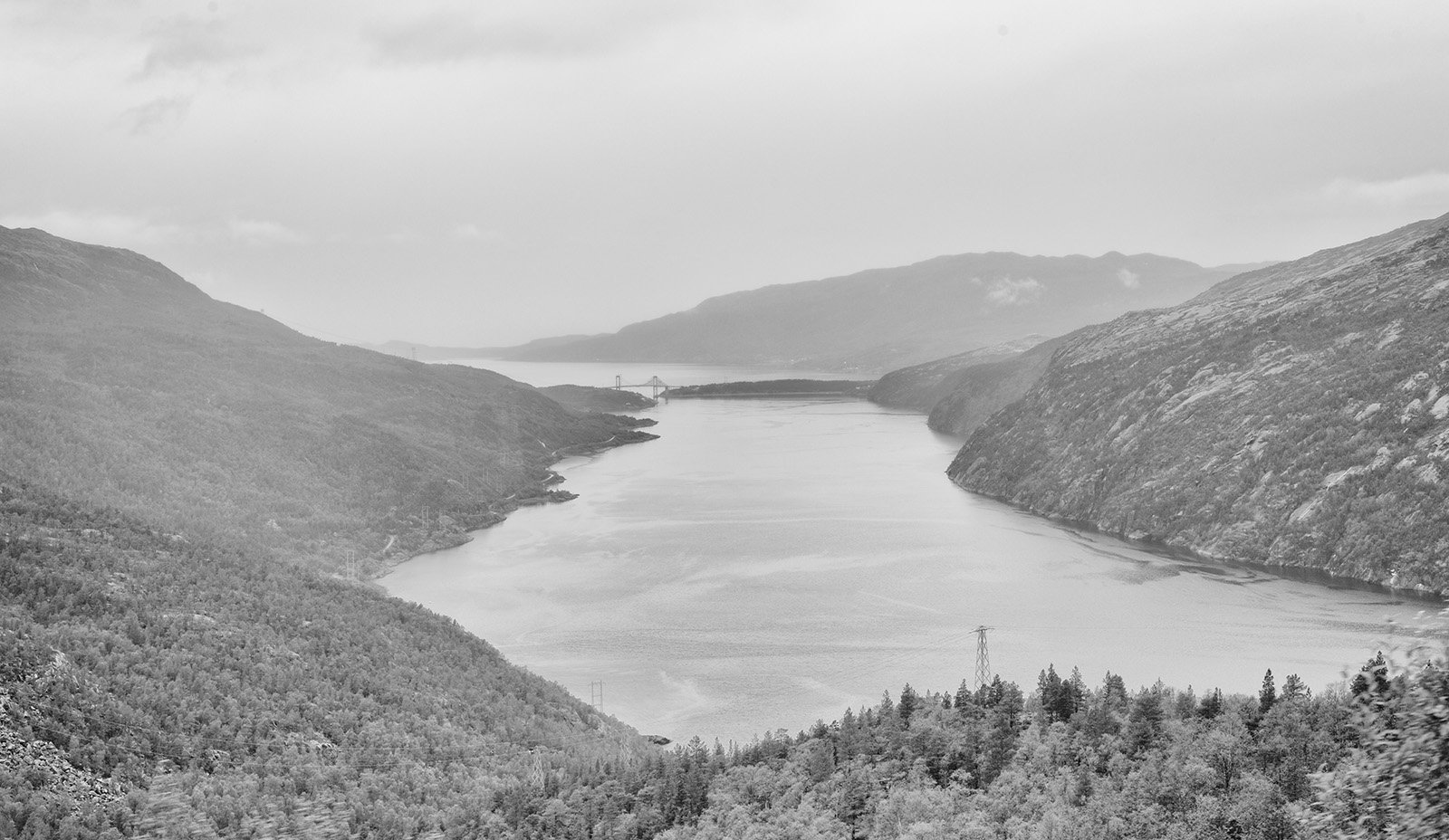The Scandinavian leg is hard to describe. Hundreds and hundreds of lakes, thousands and thousands of miles, millions and millions of trees, and a few answers to the question: “what’s the difference between Norway and Sweden?”
Leaving Copenhagen, our route was across the bridge to Malmo, then a change of train in Gothenburg. On to Oslo, changing for the sleeper to Trondheim. Trondheim meant crossing a platform for all of 20 feet, before another half dozen hours to Fauske.
Fauske was vital in terms of timing. We had a twenty minute window to catch a bus to our most northerly point, Narvik. Four hours of bus, via a ferry, and little in the way of fallback should we miss it. We made it.
Through Narvik – where we had proper midnight sun – and right the way down through Sweden from top to bottom, it became very clear that this was a landmass of two halves. Norway: spectacular fjords, mountains, incredibly clean everything (and fast, free wifi pretty much everywhere). Sweden: grey skies, drizzle, flat, trees, more trees.
I know it’s unfair to judge a country by a passing weather system, but I also had a bit of a downer on this part of the tour because it didn’t give a lot to work with in terms of varied images. Maybe there was also a bit of brain rot as a result of covering such enormous distances, especially after spending whole days in the same seat.
The ferry across the fjord was incredible though. Time for a hotdog (best hotdog EVAH) and forty minutes of silent gliding between snowcapped mountains, many capped with slabs of marzipan mist. I hadn’t enjoyed a ferry so much in my life: a record which stood for only a couple of days, but that’s a story for the next post.
Anyway, a few of the more interesting photos from this section:
Exif*: 50mm; ISO 800; f/8; 1/400
Exif: 28mm; ISO 800; f/2.8; 1/200
Exif: 70mm; ISO 1600; f/2.8; 1/13
Exif: 50mm; ISO 160; f/7.1; 1/100
Exif: 70mm; ISO 320; f/3.5; 1/250
Exif: 50mm; ISO 250; f/9; 1/250
Exif: 50mm; ISO 50; f/13; 1/20
Here’s the full photo collection from the tour as it develops, day by day.
In the next post: from dark into light…
*What the Exif notes mean: this is detailed data about how the photo was taken–first, the focal length of the lens, then ISO (the sensitivity of the sensor: low number for bright conditions, high for dark or indoors), then f number (the size of the hole that lets the light into the camera: low = big, high = small), finally the exposure time (how long the shutter is open) in seconds.







